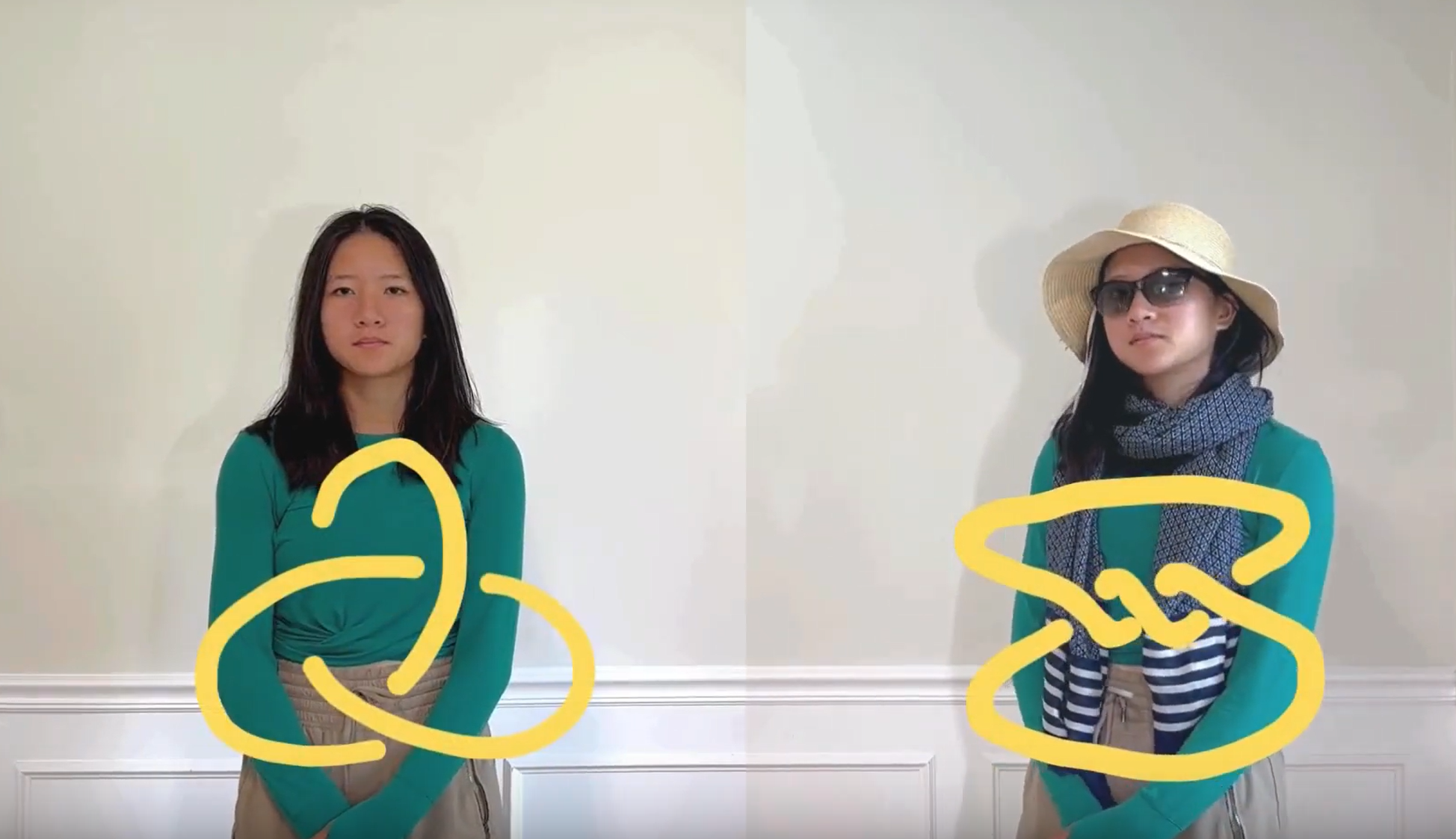Math Monday: Platonic Party Platter
by Glen Whitney
[sharethis]

How did the Math Mondays Food Labs slice this simplex? The first step is to select a nice, semi-hard cheese: cheddar works nicely, for example, but avoid the extremes of goat or Parmigiano-Reggiano. Make sure to select a sharp knife, and begin by cutting as near-perfect a cube of cheese as you can. Note that the final tetrahedron will stand 2 / √3 times as tall as your cube (HW: prove this), or about 15 percent taller than the cube, so keep that in mind when choosing the size of your cube. Here’s what Math Mondays started with:

Now, choose any face of the cube, and with the sharp edge of your knife, lightly score the diagonal of the face. On an adjacent face, lightly score the diagonal that connects at one corner (call it corner A) with the first diagonal you made. Place the cheese cube on a cutting board with corner A on top pointing toward your cutting hand (i.e., toward the right for me, as I’m a righty). The corner directly below A we will call corner B. Now slice from corner A diagonally down away from your cutting hand, carefully making sure to keep the two spots where the knife protrudes from the cheese in front and back travelling along the two diagonals you marked.


Slice all the way through the cheese on this plane, until your knife simultaneously reaches the two corners diagonally across those faces from A. This operation cuts off corner B along with a pyramid of cheese, and leaves an equilateral triangle cross section on the main block of cheese you’re working with.

Now you’re really home free: you are just going to repeat this process three more times, cutting off all three corners of the cube which are not adjacent to B but are adjacent to a corner adjacent to B. Note that on the second cut you will be cutting along one of the edges you created with the first cut and simultaneously along a newly-marked diagonal, and for the third and fourth cuts, you will simply be cutting along two newly-created edges. The tetrahedron is already somewhat recognizable after the second cut:

And it is very clear after the third:

And when you have made the fourth cut, you are left with a regular tetrahedron, and four identical “isosceles” tetrahedra that have three identical sides:

Happy simplex snacking from Math Mondays! Feel free to send pics of other edible geometrical creations to mondays@momath.org as possible fodder for future columns — or just fodder for MoMath staff!
This article first appeared on Make: Online, March 18, 2013.












